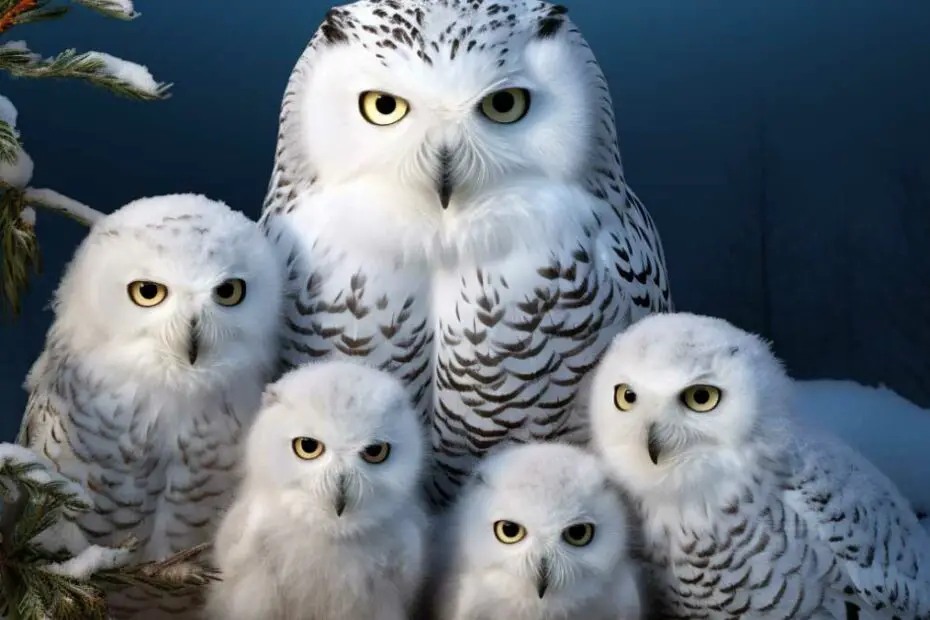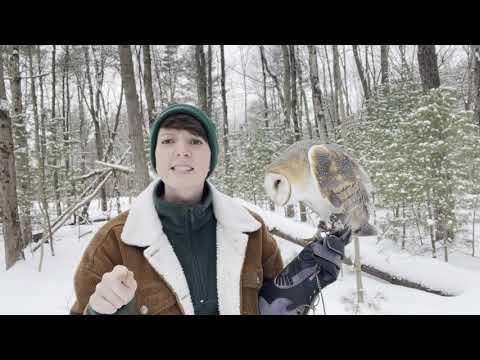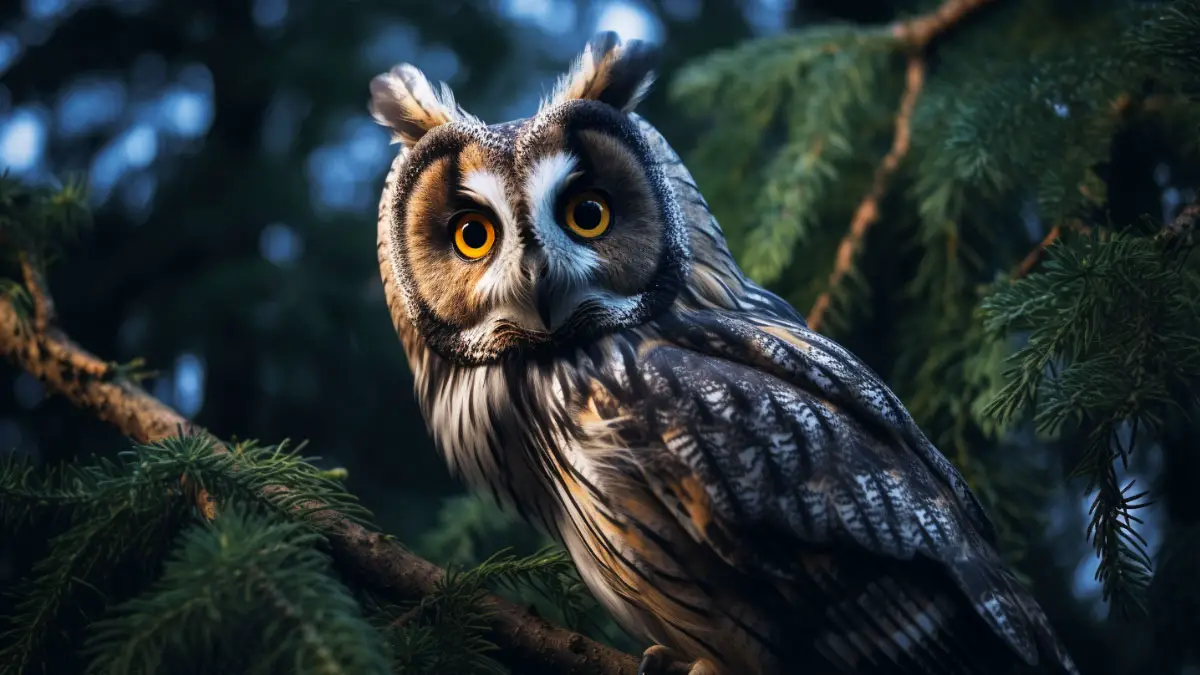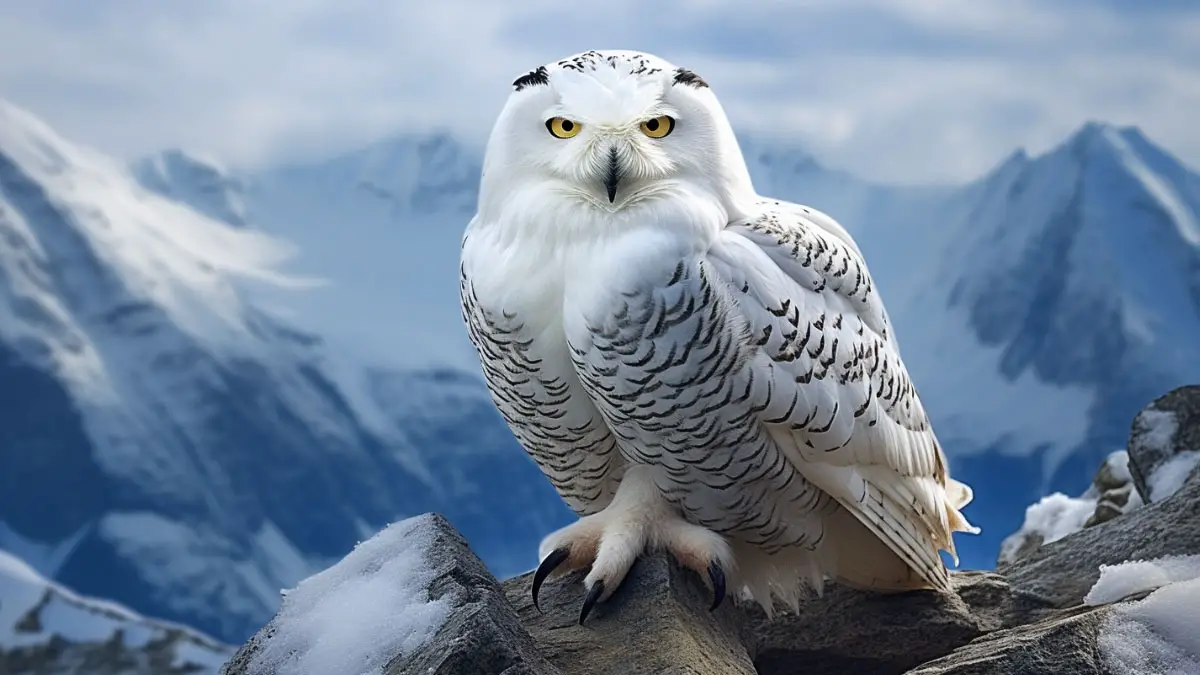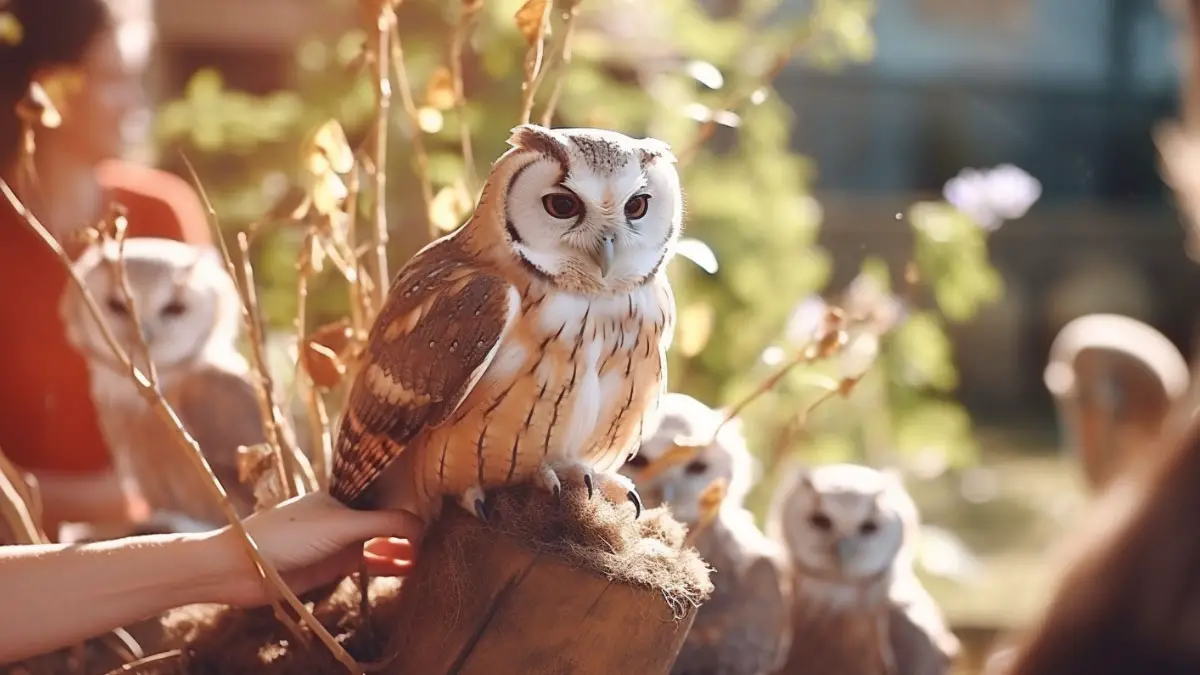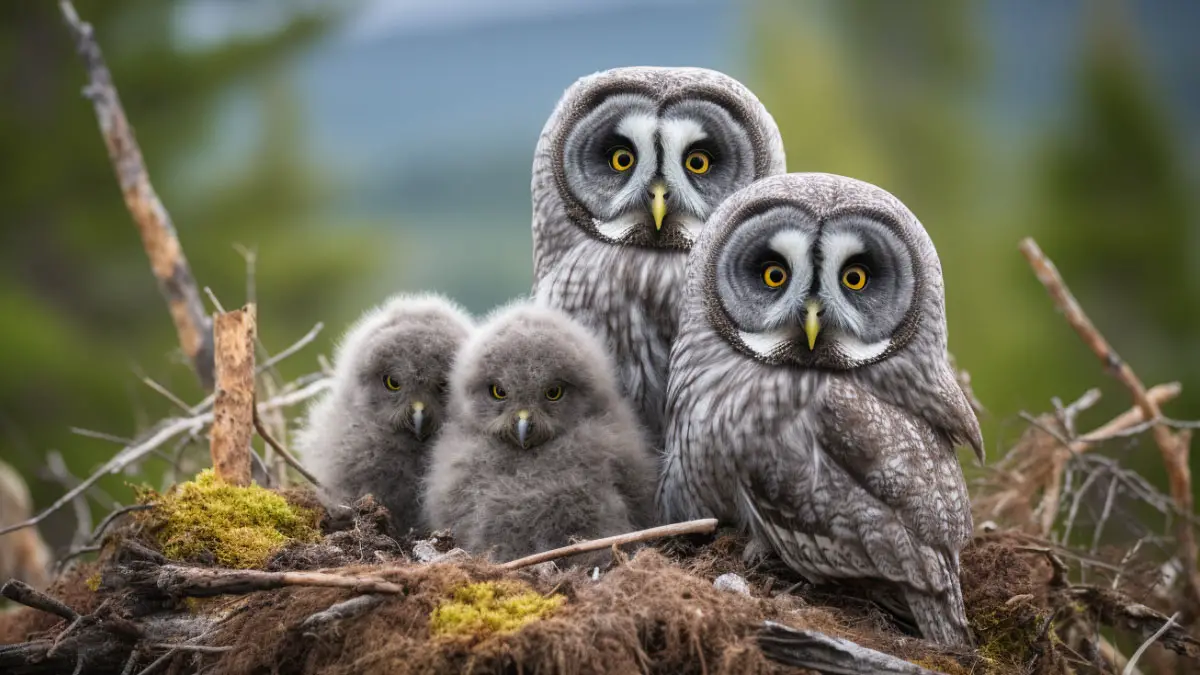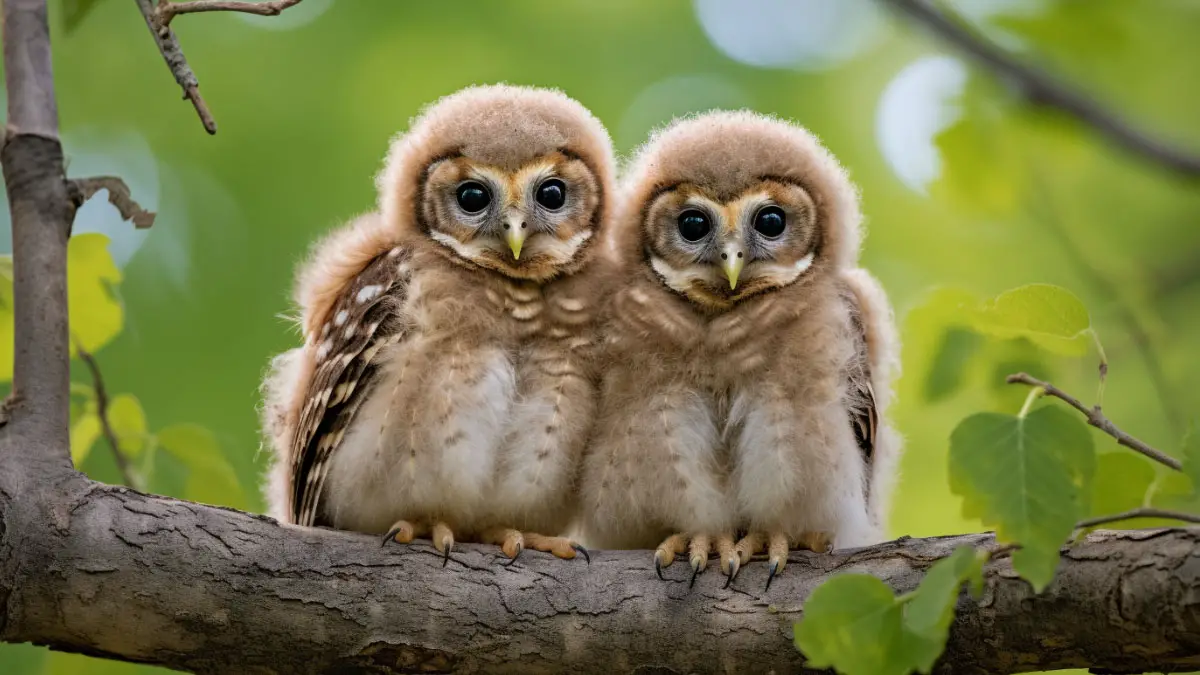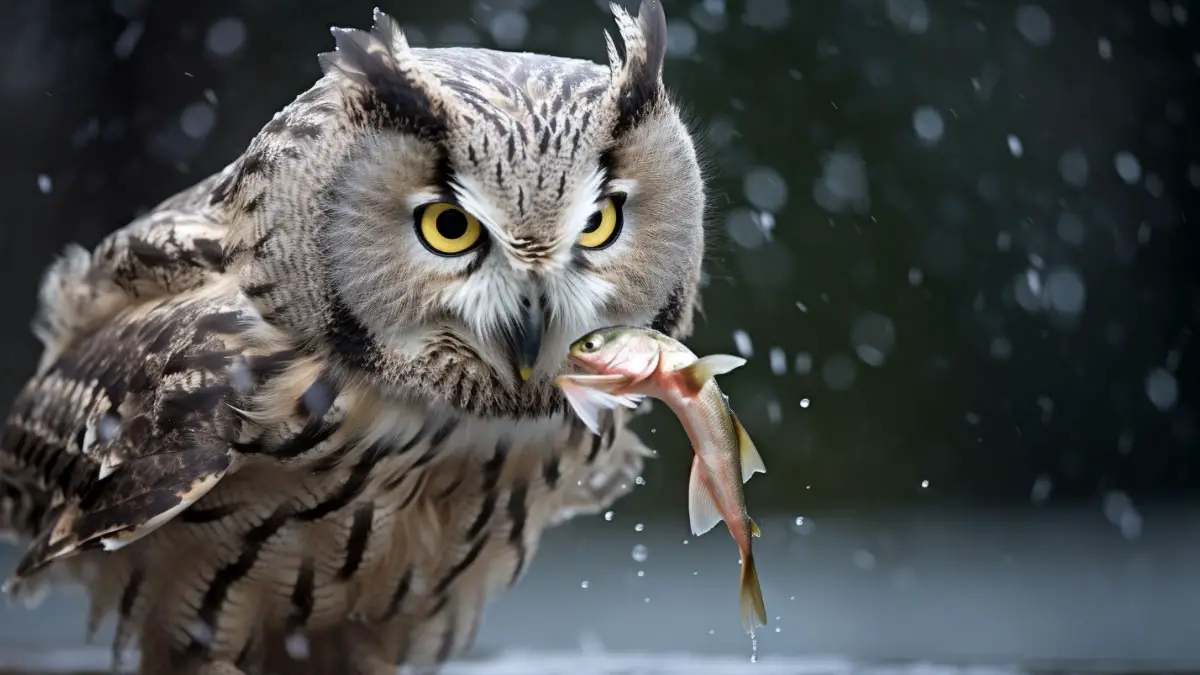As winter arrives, many creatures, including owls, undergo adaptations to endure the season’s challenges. One of these adaptations is hibernation, which is the state of inactivity and metabolic depression in animals. So, the question is:
Do owls hibernate? No, owls do not hibernate since it is not vital for their survival. These nocturnal birds have the capacity to withstand frigid temperatures due to their insulating feathers. They also have keen senses that allow them to find food easily, even during the winter months.
Continue reading to learn how owls behave in winter. We will also discuss the adaptations that help owls thrive in colder climates.
Do Owls Hibernate?
No, owls don’t hibernate, as I said at the beginning of my article. Hibernation is characterized by reduced metabolic activity, lower body temperature, and prolonged inactivity during the winter months.
While this adaptive mechanism conserves energy when resources are scarce, not all creatures participate in this biological phenomenon.
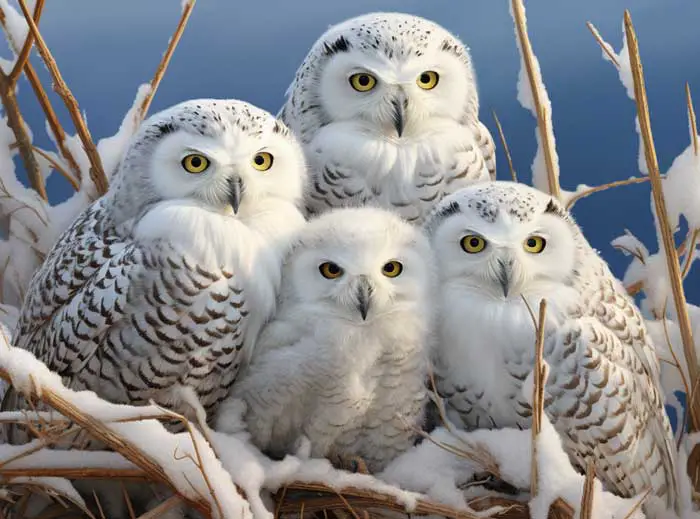
In the case of owls, they do not hibernate. Owls are active throughout the winter season. They rely on their senses and unique adaptations to navigate the challenges of winter. Their ability to hunt during the dark, cold nights distinguishes them from species that use hibernation as a survival strategy.
While owls do not hibernate, they use a fascinating adaptation known as torpor. Torpor is a brief break from the winter rigors. It is a controlled decrease in metabolic activity and body temperature.
This deliberate slowing of physiological functions allows owls to survive periods of extreme cold or food scarcity.
Adaptations Of Owls In Winter
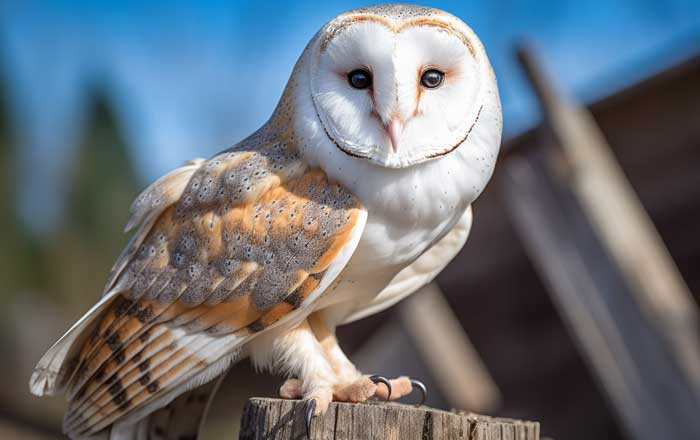
We have established that owls do not hibernate. So, how do owls survive during winter?
Insulating Feathers
Owls have specialized feathers that act as an effective cold insulator. Down feathers are soft, fluffy, and densely packed with intricate filaments. These are the feathers found closest to the bird’s skin. They form a snug layer that traps warm air close to the owl’s body, forming a natural insulation barrier.
Contour feathers adorn the outside of an owl’s body and serve two functions: structural support and aerodynamics. While their primary function is to streamline the bird’s form for efficient flight, they also contribute to insulation.
This provides exceptional thermal insulation and enables owls to remain active in colder climates without hibernating.
Feet
The few pain receptors, or nociceptors, in owl feet, is another intriguing adaptation. Owls perch on cold surfaces because their feet lack pain receptors. Another notable adaptation is the presence of thickly feathered legs in some owl species. These dense leg feathers provide additional insulation.
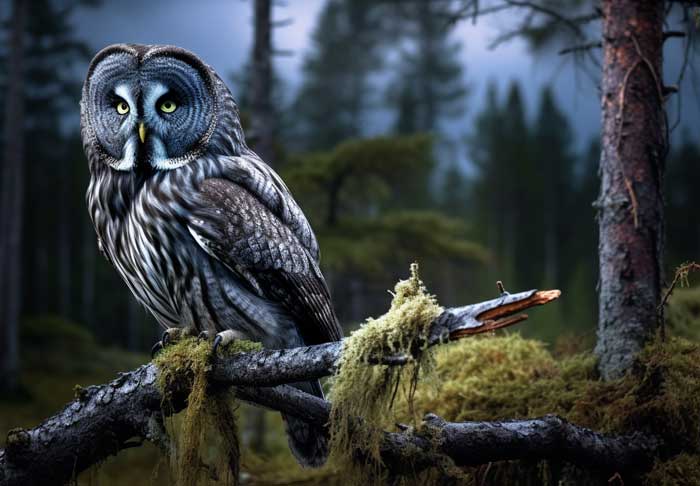
Specialized Circulatory System
Owls have a unique circulatory system that aids in temperature regulation. The arteries and veins in their legs are intertwined, allowing for an efficient heat exchange mechanism.
This adaptation helps to prevent excessive heat loss through the legs. This contributes to the overall thermal balance of the owl’s body during cold winter nights.
Keen Senses for Hunting
Owls have extraordinary senses, particularly hearing and keen eyesight. During the winter, when prey is scarcer, these enhanced senses allow owls to detect and precisely locate potential meals. Owls even hear prey hidden beneath a snowdrift.
Silent Flight
Owls are also known for their quiet flight. Specialized feather structures and serrated leading edges on their wing feathers help to reduce aerodynamic noise. Winter nights are frequently still and quiet. The absence of background noise allows sound to travel more efficiently.
Owls take advantage of this by using silent flight to approach prey without making the typical whooshing or flapping sounds. This stealthy approach is fundamental in the winter when prey is more alert due to the quiet surroundings.
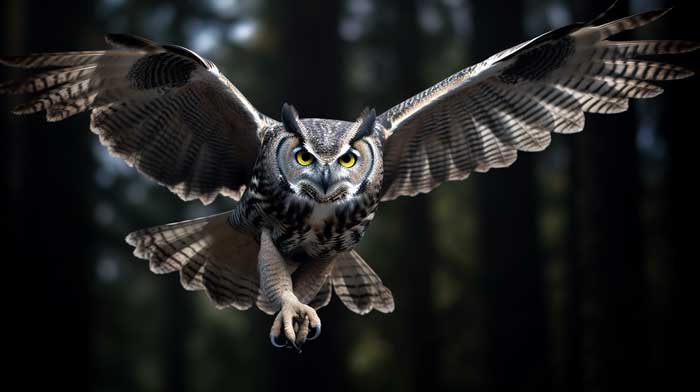
Food Storage Strategies
Owls may cache excess prey to create a food reserve. This adaptive behavior ensures a readily available food source when hunting becomes more difficult due to environmental factors.
Opportunistic Hunting Strategies
Owls are opportunistic hunters. This enables them to take a flexible approach to food security. This adaptability is especially useful during the winter when prey availability can fluctuate. Owls normally eat small rodents such as mice, but in winter, they will go for small birds and insects.
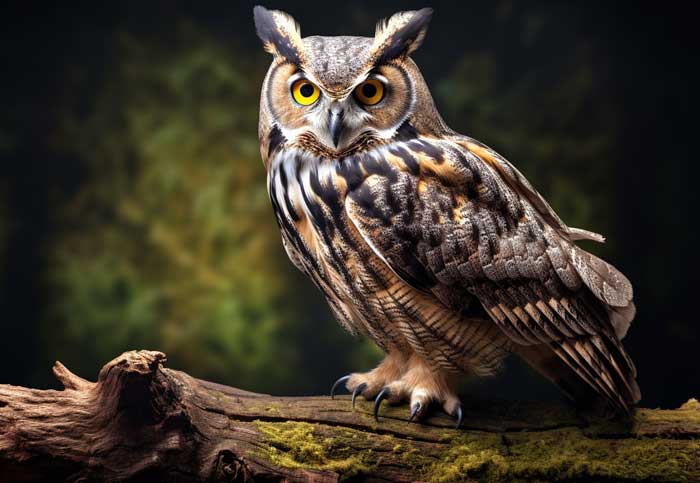
Torpor as a Temporary Measure
While not hibernating, owls enter a state of torpor during exceptionally harsh winter conditions. Torpor is characterized by a temporary reduction in metabolic rate and body temperature.
This allows owls to conserve energy when necessary. This adaptive mechanism provides a short-term solution to extreme weather and food scarcity.
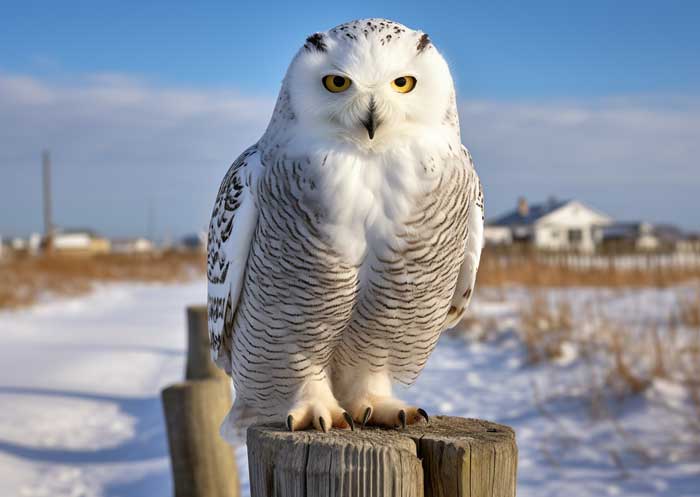
Roosting
Roosting entails seeking out sheltered and often hidden places to rest during the day. This behavior helps owls conserve energy by limiting their exposure to the elements and potential predators.
Owls effectively shield themselves from harsh weather conditions and maintain optimal body temperature. They do it by selecting well-protected roosting sites, such as dense foliage or tree cavities.
Here is a video explaining more about adaptations of owls in winter.
FAQs
Here are other related questions as to whether owls hibernate in winter.
No, owls do not migrate in the winter. However, some owl species, such as the Snowy owls, exhibit migratory behavior during winter to find suitable nesting and feeding grounds. All others remain in their established territories all year.
No, not all owl species experience torpor. The two common owl species that use torpor are the African Scops-owl and the Northern saw-whet owl.
Owls do not hibernate due to a combination of physiological adaptations and behavioral strategies that allow them to thrive in the winter. The main reason for their lack of hibernation is their breeding pattern.
Many owl species breed between late winter and the arrival of spring. This necessitates year-round activity as owls establish territories and attract mates.
Conclusion
So, do owls hibernate? No, they do not. Owls are tough creatures with various adaptations that allow them to survive in winter. Owls have evolved to be active year-round, thanks to their insulating feathers, hunting adaptations, and opportunistic hunting.
While owls do not hibernate, they do change their behavior seasonally. This is to adapt to the challenges presented by different times of the year. Remember, torpor is different from hibernation as it is temporary and only occasionally used by owls.
